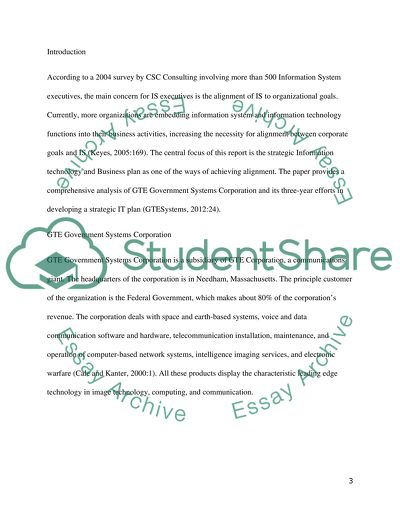Cite this document
(“Aligning Information Systems and Business Strategy: A Case Study Research Paper”, n.d.)
Aligning Information Systems and Business Strategy: A Case Study Research Paper. Retrieved from https://studentshare.org/information-technology/1445963-write-a-report-on-its-current-it-services-in
Aligning Information Systems and Business Strategy: A Case Study Research Paper. Retrieved from https://studentshare.org/information-technology/1445963-write-a-report-on-its-current-it-services-in
(Aligning Information Systems and Business Strategy: A Case Study Research Paper)
Aligning Information Systems and Business Strategy: A Case Study Research Paper. https://studentshare.org/information-technology/1445963-write-a-report-on-its-current-it-services-in.
Aligning Information Systems and Business Strategy: A Case Study Research Paper. https://studentshare.org/information-technology/1445963-write-a-report-on-its-current-it-services-in.
“Aligning Information Systems and Business Strategy: A Case Study Research Paper”, n.d. https://studentshare.org/information-technology/1445963-write-a-report-on-its-current-it-services-in.


